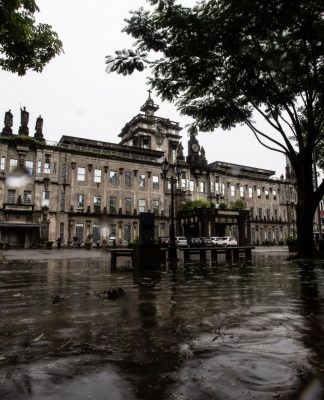THE UNITED Nations’ World Meteorological Organization has declared 2015 the hottest year, the worst in 15 years since its record-keeping began.
However, recent weather reports project a shift in climate conditions—El Niño is coming to an end and its sister La Niña is looming in the horizon.
El Niño and La Niña are opposite phases of a natural climate pattern across the tropical Pacific Ocean, swinging back and forth every three to seven years, on average.
El Niño is associated with warmer surface waters in the eastern equatorial Pacific region.
La Niña occurs with the formation of tropical cyclones over the western Pacific, increasing the number of tropical storms and bringing heavier rainfall to the Philippines.
The term La Niña, which means “little girl,” was used by scientists and meteorologists to differentiate it from El Niño. It is sometimes called El Viejo (old man), which means “anti El Niño,” or simply described as a “cold event.”
According to the 15th El Niño advisory and La Niña watch of the Philippine Atmospheric, Geophysical and Astronomical Services Administration (Pagasa), El Niño continues to weaken in the tropical Pacific, where the country is located.
The weather bureau activated its La Niña watch last May 18.
“La Niña will be felt around September or the last quarter of this year,” said Joseph Basconcillo of the Pagasa Climate Monitoring and Prediction Sections, which are under the agency’s Climatology and Agrometeorology Division.
El Niño and La Niña climate patterns happen due to climate variability in the Pacific region, Basconcillo said.
“Many believe that when there is El Niño, there is no rainfall. This is wrong. El Niño only causes delayed onset of rainy season or a reduction of rainfall. May ulan pa rin pero mahina o malimit lang,” he said in an interview.
Scientists have studied the contribution of climate change to these climate patterns.
Some found that climate change had exacerbated these patterns, while others saw little to no effect.
Basconcillo clarified that climate change was not the main cause, but could intensify the effects of El Niño and La Niña.
“When you hear some statements saying that El Niño or La Niña can be attributed to climate change, they are wrong. These [climate patterns] are naturally occurring in all their phases. It is a cycle,” he said. Kimberly Joy V. Naparan and Julius Roman M. Tolop

















